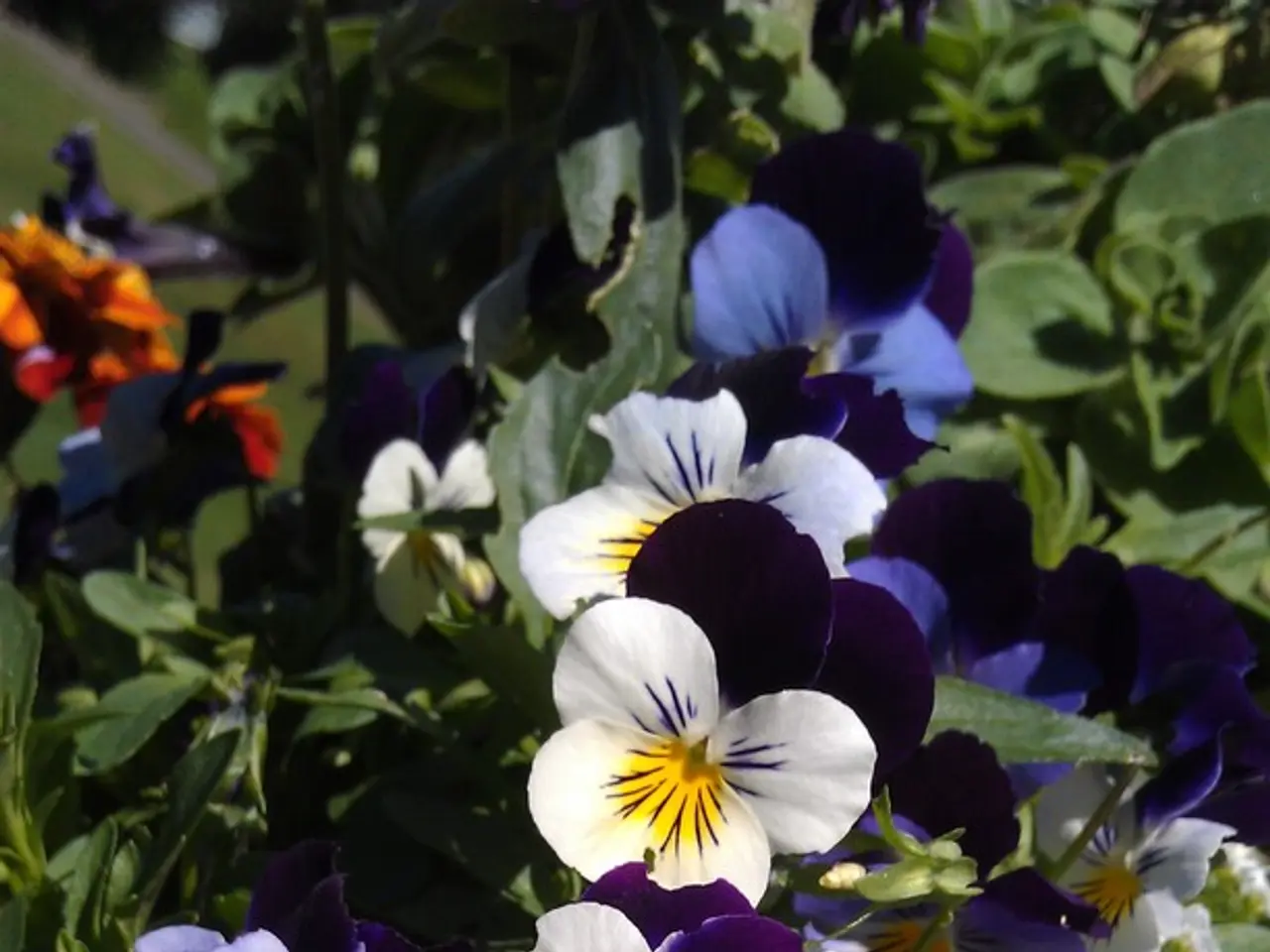Flora Blossoms in Autumn: A Guide to Autumn-Flowering Bulbs
As the leaves begin to change and the days grow shorter, many gardeners turn their attention to spring-blooming bulbs, planting them in the fall for a vibrant display come spring. However, there's a world of colour to be found in the autumn months themselves, thanks to a variety of fall-blooming bulbs and plants. Here's a guide to some of the most striking options, along with planting and care tips.
### Fall-Blooming Plants
While many bulbs are planted in the fall for spring bloom, some plants provide colour during the fall. Among these are **Nemesia** flowers, which continue to bloom from spring into autumn, making them a great addition to gardens. They thrive in well-drained soil and partial shade to full sun.
**Salvia** is another autumn favourite, available in various colours to enhance any autumn garden. They are best planted in USDA zones 7 and warmer in late summer. **Caryopteris** is another fall interest plant, often used for its late-season blooms.
True fall-blooming bulbs are less common, but **Colchicum** (Autumn Crocus) and **Crocus sativus** (Saffron Crocus) are examples of plants that bloom in the fall. However, these are often overlooked in favour of spring-blooming bulbs.
### Spring-Blooming Bulbs (Planted in Fall)
For those looking to plant bulbs in the fall for a beautiful spring display, there are many popular options. **Tulips** are available in a wide array of colours and varieties, from Darwin hybrids to lily-flowering types. **Daffodils** are known for their trumpet-shaped blooms, coming in single and double varieties. **Amaryllis**, while often grown indoors, can also be planted outdoors in warmer climates. **Allium** bulbs produce beautiful, globe-shaped flowers in various sizes.
### Planting and Care Instructions
1. **Timing**: Plant bulbs in the fall, about 6 to 8 weeks before the ground freezes. This allows the bulbs to establish roots before winter. 2. **Location**: Most bulbs prefer well-drained soil and full sun to partial shade. Ensure the area is not prone to waterlogging. 3. **Depth and Spacing**: Plant bulbs at a depth that is two to three times the height of the bulb. Space them according to the variety's mature size.
### Care Information
1. **Watering**: After planting, water the bulbs well. During winter, they generally require minimal watering, but ensure the soil doesn't completely dry out. 2. **Fertilization**: Apply a balanced fertilizer at planting time and again in the spring when the foliage emerges. 3. **Deadheading**: Remove spent flowers to direct the plant’s energy into bulb formation for next year's bloom. 4. **Let Foliage Die Back**: Allow the foliage to die back naturally, which helps recharge the bulb for next year's bloom.
By following these tips, you can enjoy vibrant spring blooms from bulbs planted in the fall and add some colour to your garden during the autumn months with fall-blooming plants.
Other fall-blooming bulbs include the **Autumn snowflake (Leucojum autumnale)**, which stands 6 to 8 inches tall with narrow, grass-like foliage and white, bell-shaped flowers appearing in August or early September. The **Japanese Onion (Allium thunbergii)** grows 18 to 24 inches tall, with flowers appearing in September and October, and globe-shaped flower clusters 1 to 1.5 inches across. The cultivar 'Ozawa' is popular due to its superior flower colour.
The **Showy crocus (Crocus speciosus)** is another attractive fall-blooming bulb, with violet-blue flowers and a plant height of approximately 5 to 6 inches. **Garlic Chives (Allium tuberosum)** have flat linear leaves with an onion-y, garlic-y flavour, small star-shaped white flowers in globe-shaped clusters about 2 inches wide, and self-seed aggressively.
Several species of the spring favourite crocus also bloom in the fall, collectively referred to as autumn or fall crocus. Ornamental onions that bloom in the fall tend to have small or poorly formed bulbs on rhizomes, allowing for dense clumps of foliage and flower stalks all year.
Good planting sites for colchicums include naturalized areas under large trees and shrubs, rock gardens, or amongst low-growing groundcovers such as vinca. Colchicums should be planted immediately upon receipt in late summer or early fall. For the best visual display, colchicums should be planted in clumps, with corms 2 to 3 inches deep and 6 inches apart.
Colchicums are fall-blooming bulbs that arise from bulb-like corms. They are hardy to USDA Hardiness Zones 4 to 8. Ornamental onions grow in fall or part sun in moist, well-drained soils and are hardy to USDA Hardiness Zones 4 to 8. The **Formosa Lily (Lilium formosanum)** is a late-season blooming species, growing in full sun and well-drained soil, with tall plants best nestled in the back or middle of the border. Flowers are white, trumpet-shaped, and 3 to 8 inches long. Formosa lily bulbs are hardy to USDA Hardiness Zones 5 to 8.
- Nemesia flowers, which bloom from spring into autumn, can thrive in well-drained soil and partial shade to full sun, making them a great addition to your fall garden.
- Salvia is another favorite for autumn gardens, available in various colors and best planted in USDA zones 7 and warmer in late summer.
- Caryopteris is another fall interest plant, often used for its late-season blooms, and Colchicum (Autumn Crocus) and Crocus sativus (Saffron Crocus) are examples of fall-blooming bulbs.
- Tulips, daffodils, amaryllis, allium, and showy crocus are some popular spring-blooming bulbs planted in the fall for a beautiful spring display.
- To ensure a successful gardening lifestyle, it's essential to plant bulbs in the fall, about 6 to 8 weeks before the ground freezes, and provide well-drained soil and full sun to partial shade for most bulbs.




